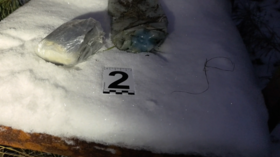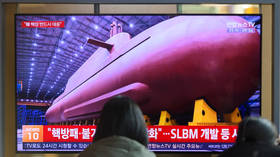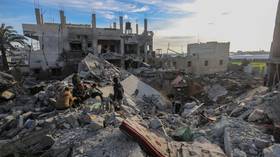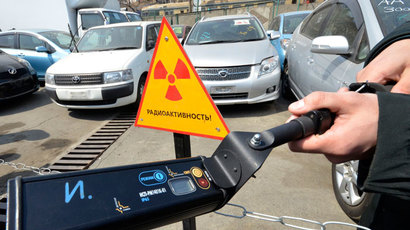Fukushima radiation reaches 8 times govt standards
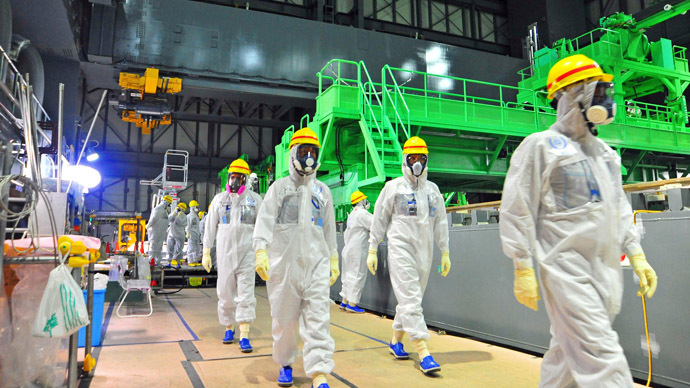
Nuclear radiation at the boundaries of the stricken Fukushima power plant has now reached 8 times government safety guidelines, TEPCO has said. The firm has been struggling to contain radioactive leaks at Fukushima since the onset over the crisis in 2011.
The levels of nuclear radiation around Fukushima’s No. 1 plant have risen to 8 millisieverts per year, surpassing the government standard of 1 milliseviert per year, reports news site Asahi Shimbun citing Tokyo Electric Power Company (TEPCO).
The Nuclear Regulation Authority held a meeting on Friday aimed at curbing the rising levels of radiation to the south of the plant, which has long been a problem area.
TEPCO told press that the predominant reason behind the sharp increase in radiation at the plant was X-rays coming from storage tanks holding radioactive water that has been leaking from the Fukushima facility.
The water in the tanks contains traces of radioactive strontium along with other substances that react with the materials the tank is composed of, producing X-rays, said officials.
Strontium-90 is a radioactive isotope of strontium produced by nuclear fission with a half-life of 28.8 years.
Radioactive water leaking from the nuclear site at Fukushima has been a pressing concern to the international community, as well as the Japanese population since the outbreak of the crisis in March 2011.
After the discovery of water leaks from the Fukushima plant’s underwater tanks, TEPCO has been siphoning off the contaminated liquid and storing it in tanks.
In an attempt to neutralize the stored water, TEPCO is using a system known as the Advanced Liquid Processing System, or ALPS. The system itself is composed of 14 steel cylinders through which the radioactive water is filtered. The radioactive sludge left behind after the water is cleaned is then transferred to high-integrity containers which are in turn transported to a secure storage facility.
TEPCO plans to clean up all of the tainted water through ALPS by the end of March 2015, but the operation has already run into some difficulties. On Tuesday the crane that lifts the containers to and from the ALPS system stopped working for several days before resuming on Friday.
The Japanese government has so far shelled out $473 million to contain the fallout from the beleaguered plant. Officials have also criticized TEPCO’s “whack-a-mole” to dealing with the nuclear crisis.
The ruling Liberal Democratic Party has put forward the idea of divided the contamination operation between TEPCO and the government. Under the proposal TEPCO would hand over the water purifying operation and the decommissioning of the reactors to a government-affiliated organization, thus allowing the electric power company to concentrate on its management and compensation payments.


